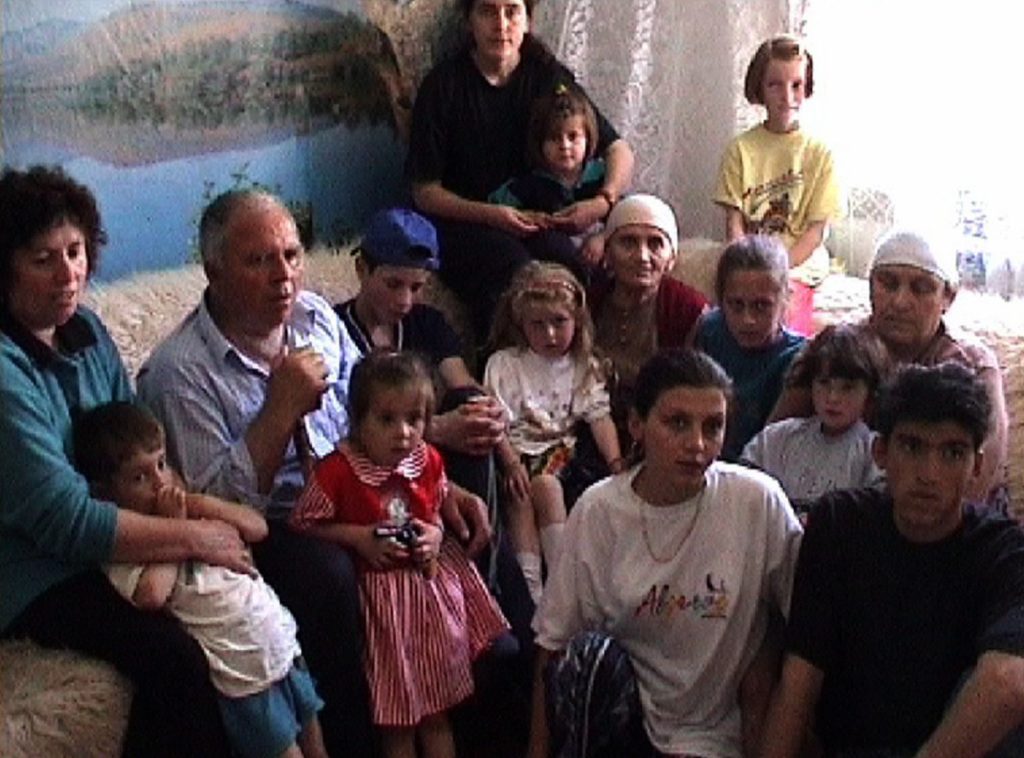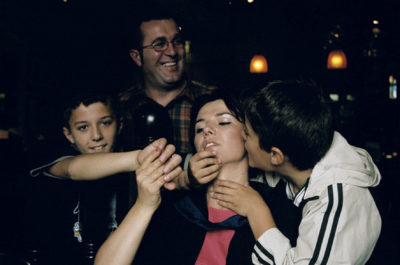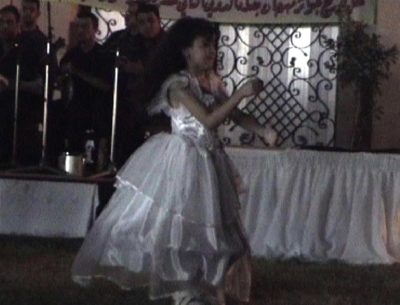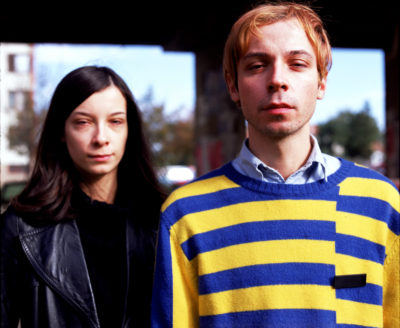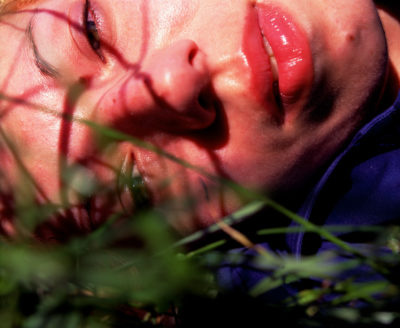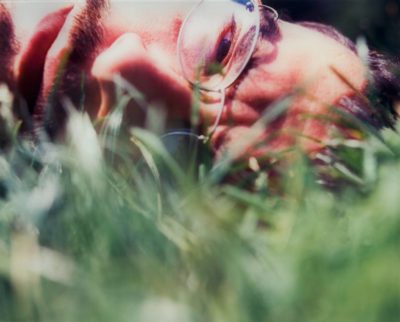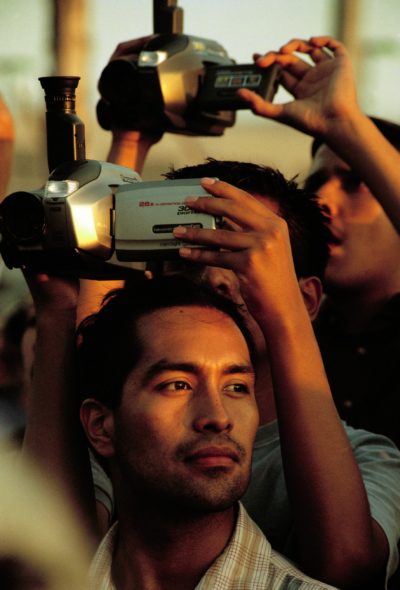how to make a refugee, 1999
‘how to make a refugee’ was filmed during the Kosovo conflict in May 1999 on a trip to Skopje, Macedonia and the refugee camps at Stenkovec and Čegrane.The Kosovo War (1998-99) was fought by the forces of the Federal Republic of Yugoslavia (Serbia and Montenegro), which had constitutional jurisdiction over the region prior to the war, and the Kosovo Albanian rebel group known as the Kosovo Liberation Army (KLA), with air support from the North Atlantic Treaty Organisation (NATO). In this work, Collins addresses the depiction of war victims by journalists and documentarians. It captures the moments before, during, and after a photo shoot organised by a team of journalists working in refugee camps in Macedonia. Their subject is a family of Kosovan-Albanian refugees and Collins’ video presents us with a behind-the-scenes look, commenting on the role of the camera in the construction and mediation of identity. His camera notices details that we do not normally see, such as constructing the frame or light-level readings being taken. The news photographer and crew discuss the clothes a wounded teenager is wearing, deciding whether he looks better with or without his baseball cap. We hear an interpreter translating instructions and questions from the crew; however, we learn very little information about the people in the film through this exchange, which is more concerned with arranging the families as a wedding photographer might, asking everyone to look at the lens. ‘how to make a refugee’ is the first video work made by Collins. It represents his longstanding interests in the media’s simplification and reductive categorisations of people in conflict zones, and the complexities of the relationship between subject and the camera. Eschewing the conventions of reportage, ‘how to make a refugee’ invites consideration of a network of incongruity, complicity and shame implicated in the production of images for political instrumentalisation and aesthetic consumption.
| Medium | Single-channel video projection: colour, sound |
| Duration | Duration: 12 min |
| Credit Line | IMMA Collection: Purchase, 2004 |
| Edition | Edition 2/3 |
| Item Number | IMMA.1656 |
| Copyright | For copyright information, please contact the IMMA Collections team: [email protected]. |
| Tags |
